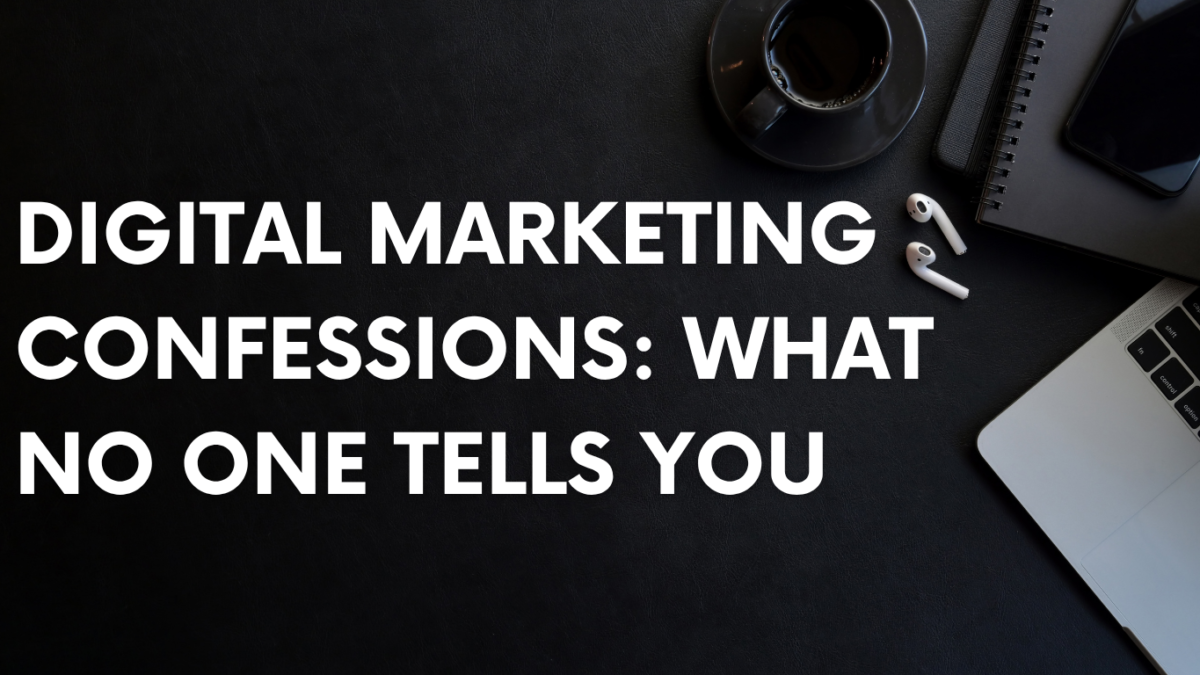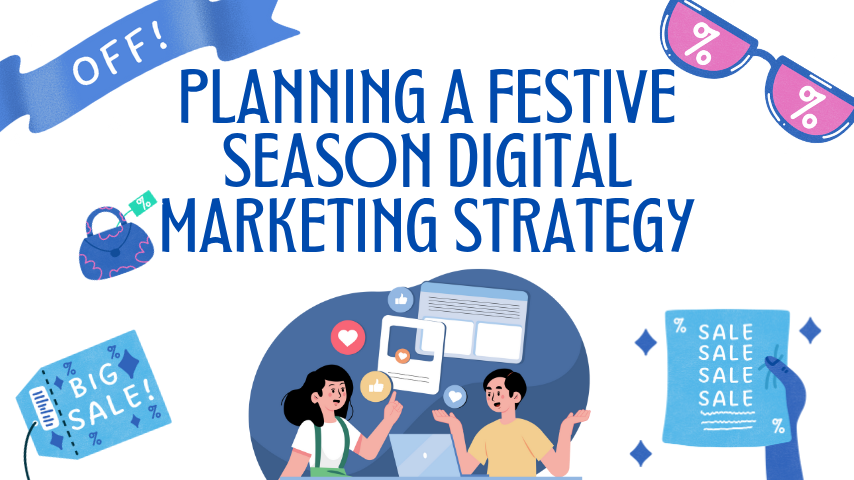
Introduction
Digital marketing is often portrayed as a fast-paced, glamorous world filled with viral content, skyrocketing followers, and brands turning into overnight sensations. But behind the polished campaigns and engagement metrics lies a side of digital marketing that rarely gets discussed. Welcome to the confessional booth of the digital marketer — where we uncover what no one tells you about this ever-evolving industry.
1. It’s Not Just About Creativity — It’s About Data, All Day
People think digital marketers spend their days brainstorming catchy captions and aesthetic feeds. The reality? A large portion of the job revolves around interpreting data: click-through rates, bounce rates, conversion percentages, and A/B test results. Creativity gets you noticed — data tells you what actually works. Sometimes, the least visually appealing ad converts better than your best-designed piece. And yes, it hurts.
2. Going Viral is NOT a Strategy
“Just make it go viral” is a phrase digital marketers hear way too often. But virality isn’t a button you push — it’s a mix of timing, audience behavior, current trends, and pure luck. In fact, most successful campaigns that look like they went viral were carefully crafted, tested, and supported with a hefty ad budget. Real digital marketing success is built on consistency, not virality.
3. Burnout is Real — and Common
With algorithms changing overnight and clients expecting 24/7 results, digital marketing can be mentally draining. Trends come and go in hours, not weeks, which means you’re always “on.” That “just post a reel” advice? It involves scripting, shooting, editing, captioning, researching hashtags, posting, and replying to comments — often done by one person expected to do it daily.
4. Most People Don’t Understand What You Actually Do
To outsiders, digital marketing sounds like “just posting on Instagram” or “running a few ads.” In truth, it involves SEO audits, email funnel creation, keyword research, copywriting, brand positioning, analytics tracking, influencer outreach, and staying updated on hundreds of ever-changing tools and platforms. Explaining that at family dinners? Good luck.
5. Budgets Matter More Than You Think
You could create the most compelling content and still see zero results if you’re not putting money behind it. Especially on platforms like Facebook and Instagram, organic reach has significantly declined. You often need to pay to play. Clients or businesses with minimal ad spend often expect big results — and managing those expectations can be a tightrope walk.
6. SEO Is Slow — and Underrated
Search engine optimization isn’t glamorous, but it is one of the most powerful long-term strategies. However, it’s also painfully slow. It can take months before a single blog ranks. Clients expect fast results, but SEO is the long game. The confession here? Many give up too early. But the ones who stick around? They win — quietly, sustainably.
7. The Algorithm Is Not Your Friend
Every platform has an algorithm — and it changes constantly. What worked last month won’t work today. One week, carousels are in; the next, it’s reels; tomorrow, it might be AI-generated avatars. And just when you think you’ve cracked the code, engagement drops. The only way to survive? Adapt, test, learn, repeat.
8. It’s a Game of Patience and Persistence
Digital marketing doesn’t show overnight success (at least not consistently). Most campaigns take weeks of planning, testing, revising, and refining. Whether it’s building a brand voice, scaling ad campaigns, or growing an email list — the secret sauce is showing up again and again, even when the numbers look disheartening.
9. You’re at the Mercy of Platforms You Don’t Own
Instagram can shadowban you. Google can change its algorithm. Your email open rates can plummet due to a small Gmail update. The harsh truth? You don’t fully control the platforms you rely on. That’s why building your own ecosystem (like an email list or a website) is crucial — something beginners often ignore.
10. It’s Still One of the Most Rewarding Careers
Despite the stress, unpredictability, and endless changes, digital marketing has its highs. Watching a campaign you created help a small business grow, seeing a brand voice come to life, or hitting performance goals after months of testing? That feeling is unbeatable. Plus, no two days are ever the same — which is both a blessing and a curse.
Conclusion
Digital marketing is not just hashtags, graphics, or followers. It’s strategy, psychology, storytelling, analytics, and a bit of madness rolled into one career. The next time you scroll through a successful brand’s Instagram or click on a perfectly timed email, remember — behind that polished screen is a digital marketer juggling deadlines, algorithms, and a dozen tabs open at once.
So, here’s to the confessions, the caffeine, and the chaos that makes digital marketing one of the most misunderstood — yet fascinating — fields to be in.




